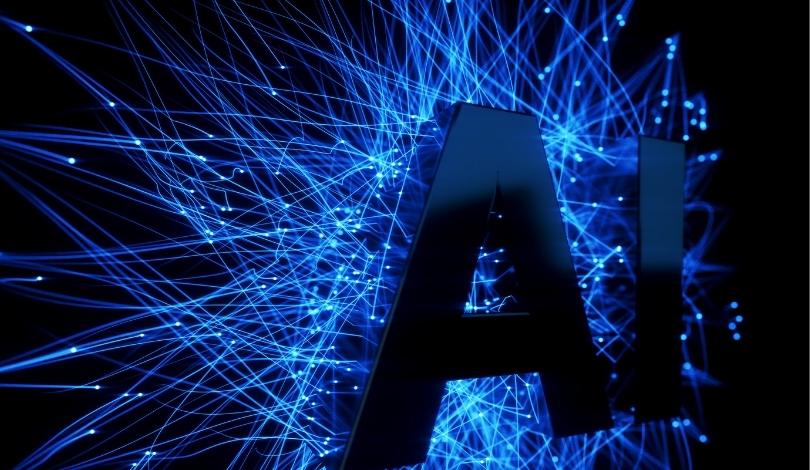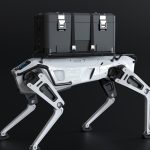Vancouver-based Apera AI Inc. has closed a Series A funding round that exceeded expectations, positioning the company to further develop its cutting-edge 4D Vision technologies for industrial automation. The company plans to direct new capital towards expanding its workforce, refining operational processes, and advancing its products. Manufacturers are searching for robust automation tools as they adapt to new industrial demands, and Apera AI’s recent investments underscore the importance of AI-driven vision in modern production environments.
Statements and industry news have previously highlighted the growing popularity of AI-powered vision systems, with many automation firms mentioning the challenge of dependable deployment in variable factory conditions. Rival startups have rolled out vision platforms for robotics, but multiple users have pointed out inconsistent calibration and a lack of no-code integration for quick adoption. Apera AI’s introduction of vision-guided calibration and diagnostic features in the Vue 9.50 release builds on such developments, with stronger attention to ease-of-use and adaptation for diverse manufacturing needs.
How Does 4D Vision Address Factory Needs?
Apera AI’s patented 4D Vision technology is designed to deliver robots human-like vision and advanced artificial intelligence, which the firm says can boost both productivity and accuracy. The system targets automated applications such as bin picking, de-racking, and assembly, and seeks to overcome traditional 3D vision barriers like shifting bins, challenging lighting, and hardware wear. According to the company, these solutions aim to ensure consistent quality and efficiency, especially for automotive and high-volume manufacturers.
What New Features Are in Apera Vue 9.50?
The newly released Apera Vue 9.50 software introduces a vision-guided TCP calibration, enhanced recording, replay tools, and accuracy insight features. This suite supports users in rapidly adjusting to factory changes, for example, when hardware calibration drifts or part geometries become variable over time. Emphasizing accessibility, Apera AI offers no-code interfaces and real-time diagnostics so engineers can concentrate on performance rather than machine learning processes.
“AI is most powerful when it’s invisible,”
noted Genèse Castonguay, Apera AI’s vice president of marketing, underlining the priority of keeping advanced automation user-friendly.
Who Is Supporting Apera AI’s Growth?
The latest funding round brought in capital from BDC Capital, Lobby Capital, Flying Fish Ventures, and J-Ventures, showing significant investor confidence in automation-driven hard tech. These partnerships will support Apera AI’s goal of expanding customer reach, including the opening of a new Detroit office aimed at North America’s manufacturing sector.
“With this infusion of capital and a world-class leadership team, we’re scaling our ability to serve the most advanced manufacturers in the world,”
said Sina Afrooze, founder and CEO of Apera AI. The funding is intended not only to grow internal capacity but to meet rising industrial automation demand worldwide.
To support rising demand for its solutions, Apera AI has also added four executives to leadership positions, strengthening expertise across finance, operations, and global sales. This expanded team joins broader efforts to serve an increasing customer base, which now includes all major North American automotive OEMs and over 100 manufacturers. The company’s continued expansion into both North American and European markets intends to offer customers measurable returns and reliable deployment support for robotic vision systems.
Apera AI’s approach to vision-guided automation reflects an industry trend favoring simple setup, rapid calibration, and ongoing adaptability in manufacturing. Users in highly dynamic settings, such as automotive suppliers, will likely value systems that adjust to unpredictable conditions and operate with minimal technical intervention. Other system providers have struggled to incorporate diagnostics and low-code solutions, making Apera AI’s product direction notable. Manufacturers eyeing productivity improvements or cost reduction could find a fit in these adaptable, AI-driven platforms. Analysts tracking the market may see further growth as automation and smart robotics continue to gain acceptance in both traditional and advanced manufacturing sectors.










